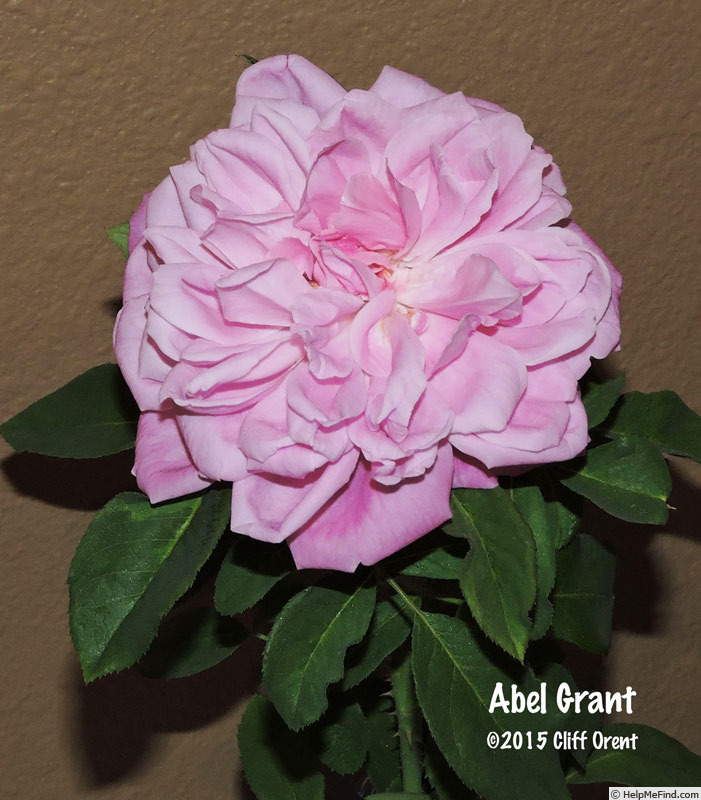|
|
'Abel Grant' rose Description

Photo courtesy of Cliff's New California Low Desert Garden
ARS:
Light pink Hybrid Perpetual.
Registration name: Abel Grant (hybrid perpetual, Damaizin 1865)
Exhibition name: Abel Grant
Class:
Hybrid Perpetual, Hybrid Tea.
Bloom:
Rose-pink, silver(y) reverse, silver(y) highlights. Strong fragrance. Large, full (26-40 petals), flat bloom form. Blooms in flushes throughout the season.
Growing:
USDA zone 6b and warmer. Spring Pruning: Remove old canes and dead or diseased wood and cut back canes that cross. In warmer climates, cut back the remaining canes by about one-third. In colder areas, you'll probably find you'll have to prune a little more than that.
Patents:
Patent status unknown (to HelpMeFind).
Notes:
Listed as Abel Grant at Sangerhausen and classed as a Hybrid Perpetual.
|